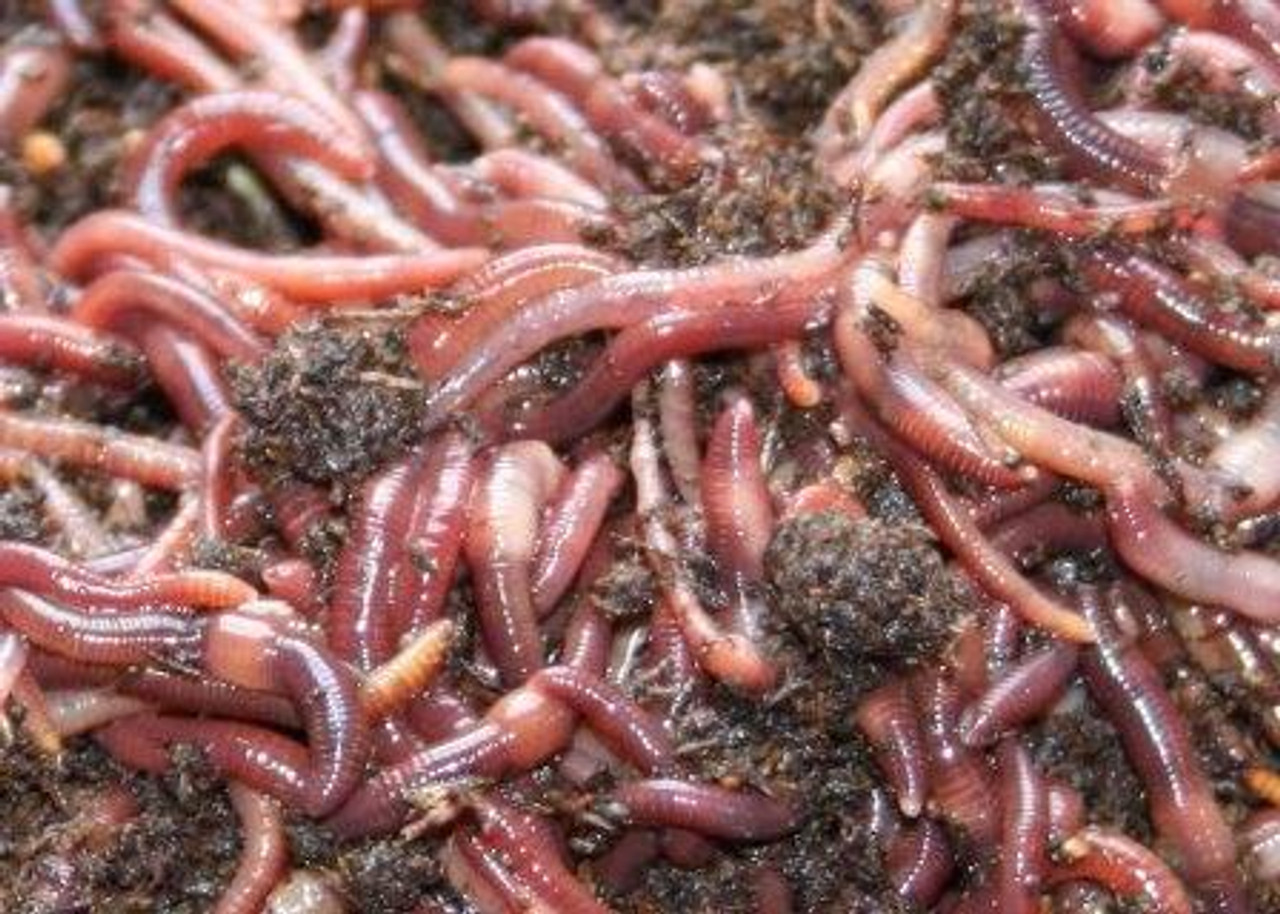Red Wiggler Composting Secrets: Boost Your Soil Health with These Simple Steps
Red Wiggler Composting Secrets: Boost Your Soil Health with These Simple Steps
Blog Article
Comprehending the Perks of Red Wiggler Composting: Exactly How This Effective Technique Changes Organic Waste Into Nutrient-Rich Dirt Modifications
Red Wiggler composting, using the types Eisenia fetida, offers a compelling approach to natural waste administration, transforming kitchen scraps and yard particles into important dirt amendments. This technique not only boosts soil fertility yet also addresses pressing ecological concerns, including land fill waste reduction and greenhouse gas discharges.
What Are Red Wigglers?
Red wigglers, scientifically called Eisenia fetida, are a species of earthworm that play an essential duty in vermicomposting systems. These worms are characterized by their reddish-brown shade, fractional bodies, and a distinct capability to thrive in organic-rich atmospheres, making them excellent for composting applications - Red Wiggler Composting. Unlike their garden-dwelling counterparts, red wigglers choose to live in the upper layers of soil, where rotting issue is bountiful
Usually gauging between 3 to 4 inches in length, red wigglers have a high reproductive rate, enabling them to multiply quickly under optimum problems. They have an unique digestion system that allows them to refine natural waste efficiently, transforming it right into nutrient-rich spreadings, which are highly useful for plant development.
Their resistance to varying moisture levels and temperature level ranges better improves their energy in vermicomposting setups, making them a preferred option amongst composting enthusiasts. Additionally, red wigglers are cardiovascular organisms, which requires a well-aerated composting atmosphere, making certain efficient decomposition. Comprehending the organic attributes and behaviors of red wigglers is vital for maximizing their use in sustainable waste monitoring techniques.

Benefits of Vermicomposting
Taking advantage of the power of vermicomposting deals a wide range of agricultural and ecological advantages. First of all, it dramatically reduces organic waste in landfills, thus reducing methane exhausts, a powerful greenhouse gas. By diverting food scraps and lawn waste to vermicomposting, we support a more sustainable waste administration system.
Additionally, vermicomposting enhances soil health. The castings produced by red wigglers are rich in important nutrients, microorganisms, and enzymes, improving soil framework and fertility. This nutrient-rich modification advertises durable plant growth and enhances water retention, minimizing the requirement for chemical fertilizers.
In addition, vermicomposting fosters biodiversity in the dirt environment. The intro of helpful bacteria from worm spreadings help in disease reductions and nutrient cycling, creating a much healthier setting for plants.
Financially, vermicomposting decreases the costs connected with chemical inputs and waste disposal. Gardeners and farmers can grow high-grade produce at lower expenditures, contributing to food security and sustainability.
How to Beginning Composting
Starting a composting endeavor can be a uncomplicated and fulfilling process. This will certainly aid maintain a well balanced temperature, crucial for the composting procedure.
Collect organic materials such as cooking area scraps, yard waste, and shredded paper. Go for a balanced mix of 'environment-friendly' materials, high in nitrogen (e.g., fruit scraps, coffee grounds), and 'brownish' products, rich in carbon (e.g., dried out fallen leaves, cardboard) A ratio of approximately 2:1 environment-friendly to brown materials is optimal.
Beginning layering your materials, guaranteeing appropriate air circulation by turning the stack on a regular additional info basis. This promotes cardiovascular decomposition, speeding up and decreasing smells up the process. Monitor wetness levels; the compost must seem like a wet sponge yet not extremely damp.
Nutrient Account of Vermicompost
Composting, specifically with red wigglers, generates a nutrient-rich item known as vermicompost. This organic amendment is distinguished by its high concentration of necessary nutrients, making it a very useful resource for gardening and agriculture. Vermicompost commonly has raised degrees of macronutrients such as phosphorus, nitrogen, and potassium, which are vital for plant growth. Furthermore, it offers micronutrients like magnesium, calcium, and iron, promoting robust plant advancement and enhancing soil health.
The microbial activity existing in vermicompost better improves its account, presenting helpful germs and fungi that advertise vitamins and mineral accessibility and uptake in plants. This biological element aids in subduing plant diseases and boosting soil framework, bring about improved water retention and aeration.

Environmental Effect of Composting
The ecological effect of composting, specifically through making use of red wigglers, is diverse and extensive. This method substantially reduces the volume of organic waste sent out to landfills, which consequently decreases greenhouse gas exhausts, particularly methane-- a potent contributor to climate change. By drawing away natural products from landfills, red wiggler composting not only aids mitigate environmental degradation browse around these guys yet likewise advertises lasting waste management practices.
In addition, composting adds to carbon sequestration, as here are the findings the procedure captures carbon dioxide from the atmosphere and stores it in the soil. This all-natural procedure aids in combating environment change while enriching the soil - Red Wiggler Composting. In general, red wiggler composting provides a practical, environmentally friendly remedy for waste administration and environmental sustainability, promoting much healthier ecological communities and a more lasting future
Verdict
In final thought, Red Wiggler composting serves as a reliable approach for converting organic waste into valuable dirt amendments. The procedure not only enhances dirt fertility and structure but additionally alleviates environmental problems linked with waste disposal.
Red Wiggler composting, using the types Eisenia fetida, provides a compelling technique to organic waste monitoring, transforming cooking area scraps and lawn particles into useful soil changes. Unlike their garden-dwelling counterparts, red wigglers favor to occupy the top layers of soil, where decomposing matter is plentiful.
The castings created by red wigglers are rich in crucial nutrients, microbes, and enzymes, enhancing dirt framework and fertility. The nutrient-rich by-products of red wiggler activity enhance soil structure, boost water retention, and advertise biodiversity within the soil environment.In final thought, Red Wiggler composting serves as an effective technique for converting organic waste into useful dirt changes.
Report this page